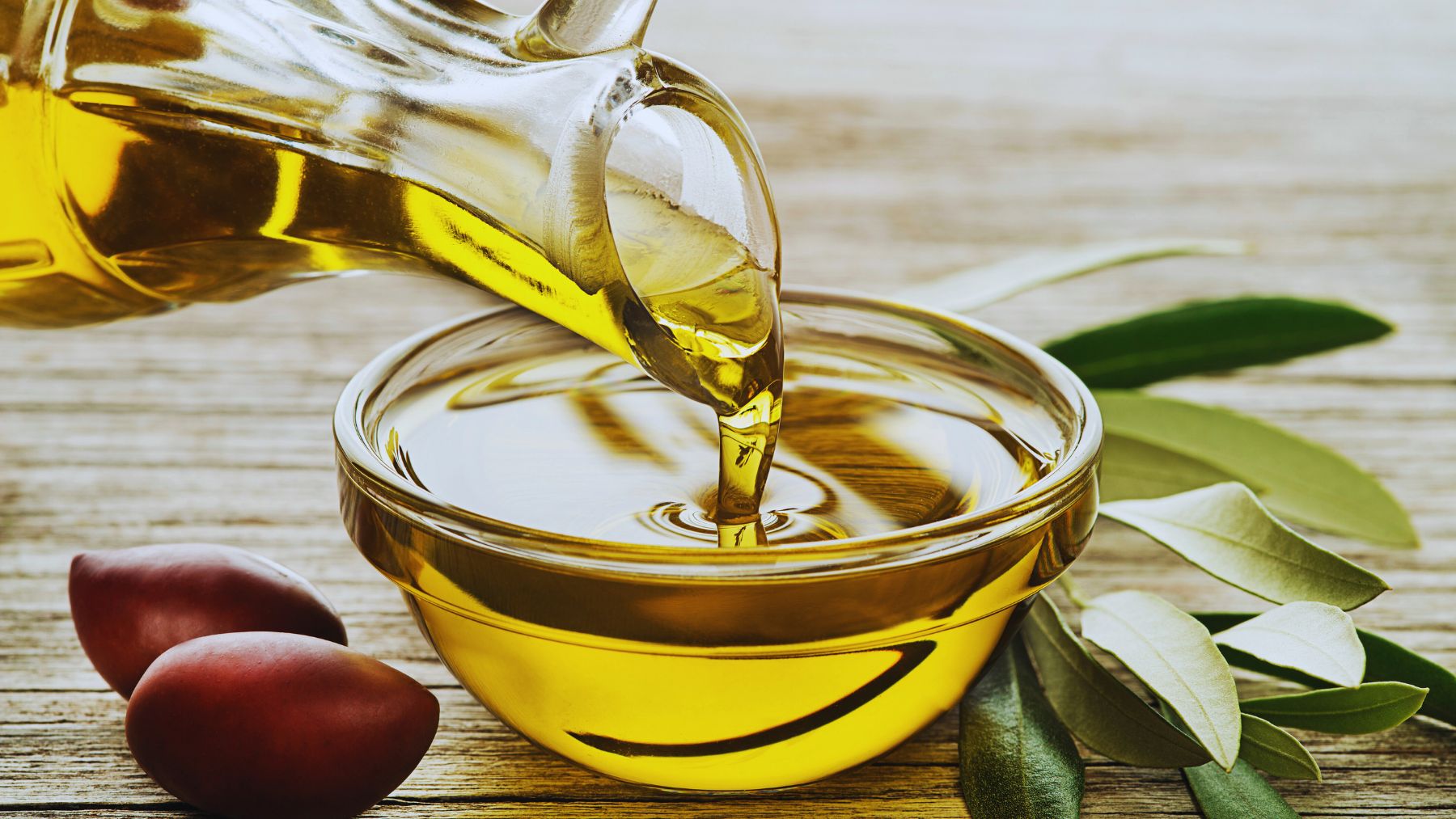
This measure aims to protect and encourage the consumption of olive oil

The Government has announced the elimination of the Value Added Tax (VAT) on olive oil. olive from next July 1st, a measure that will serve to encourage its consumption.
This product continues to be the one that rises the most of the shopping basket: In May it was 62.8% more expensive than a year ago and since January 2021 it has become 198.5% more expensive, that is, its price has multiplied almost threefold.
The measure aims to protect and encourage oil consumption made of olives, a healthy product whose price has recently increased as a result of the drought, among other reasons. And, in recent months, its consumption has plummeted due to its high costs, which generally exceeded 10 euros. An amount that has led many homes to replace it with other oils such as sunflower oil, which is much cheaper. However, there is no doubt about its benefits.
Olive oil is revered and is part of the Mediterranean Diet for offering a variety of health benefits.
In fact, it is recommended to cook with this type of oil and it can be a substitute for butter and others at meal time. Prevents heart-related diseases and many others. Discover the properties and benefits of olive oil.
Nutritional benefit
In the year 2003 World Health Organization disseminated a technical document, prepared by more than 30 scientists and according to the epidemiological data available worldwide, with the nutritional parameters 53 meters for the prevention of six pathologieswhere the percentages of dietary factors that must be part of the total daily energy ingested were established
As can be seen in the data established by the WHO, monounsaturated fat is of total importance. In towns where olive oil is the main source of fat, Its percentage can reach up to 35% of the energy, with monounsaturated fat being 20%.
The importance in food and, specifically, in the nutrition of olive oil, along with the rest of the foods that make up the Mediterranean diethas implied that the food pyramid that characterizes said diet, together with the consumption of water and the practice of Nutrition and health physical activity 54 regularly, are the main dietary recommendations for the prevention of certain pathologies, the appearance of which is linked to certain environmental factors, one of them being bad eating habits.
From different health institutions, both international and national, it is recommended to exercise, consume 1.5 liters of water and follow the nutrition and dietary recommendations and guidelines reflected in the Mediterranean food pyramid, being the one that best fits a diet and balance diet. In the Mediterranean diet he olive oil It is the most characteristic food, commonly consumed with daily dietary recommendations of at least 3 servings a day.
Monounsaturated fatty acids
Among the properties of olive oil, good fats stand out, such as monounsaturated fatty acids, which are one of the best for controlling our health.
Polyphenols
Virgin olive oil contains around 30 phenolic compounds, so they have an important antioxidant action for our skin.
Omega 3
In addition, it has polyunsaturated fatty acids, such as Omega 3, very beneficial for protecting the heart and controlling cholesterol, among many other benefits.
Lots of vitamins
In turn, among the properties of olive oil, we see that it has vitamin A, D, E and K. With this we strengthen bones, prevent aging, in addition to promoting the development of many functions of the body.
Health benefits of olive oil
Improves intestinal transit
Olive oil contains many benefits, thanks to its enormous properties. For example, it promotes digestive function and helps us combat constipation, thereby improving intestinal transit.
Contributes to growth
With the amount of vitamins it has, it is one of the best allies for proper bone mineralization. It is good for all stages of life, because it protects the bones and allows their development, both in children and in the elderly.
Delays aging
Polyphenols and their high antioxidant content prevent the appearance of premature aging.
Reduces bad cholesterol
Thanks to monounsaturated fatty acids, they not only prevent the development of heart-related diseases but also reduce bad cholesterol, making them a food to incorporate into our diet.
Strengthens the immune system
Thanks to the number of properties that olive oil has, among its benefits is the defense of the immune system and thus stops the development of diseases.
The olive tree and oil in today’s world
In Spain the olive grove, as we know it today, is relatively modern. Its current appearance and extension are largely the result of the decline and disappearance of the mesta, which made it necessary to have a greater amount of oil to replace the lamb fat. Added to this fact in the 19th century was the confiscation of Mendizábal and, in the 20th century, the expansion of agricultural land as well as the consumption of oil and olive products that have allowed their diffusion and sale even to countries on the other side of the world.
Spain It continues to be the main world producing country and the one with the most hectares planted (more than two million hectares) of olive trees. Thus, our country grows more than 215,000,000 trees of the 1,000 million olive trees planted throughout the planet, 95% of which are located in the Mediterranean area. The most prominent Spanish olive grove is evidently that of Andalusia, which has 1,395,834 cultivated hectares and more than 150 million trees in cultivation. Also notable is the production of Italy, Greece and Portugal.
Olives and their varieties
Picual: Variety cultivated in the province of Jaén, in the north of Granada and in the east of Córdoba. It provides high quality oils, very stable and rich in polyphenols. More than 600,000 hectares are cultivated and it is the most abundant variety in the world (20% of all olive trees) and, of course, in Spain (50% of all existing trees). It gives a very good fat yield of up to 27%. It produces oils with two types of predominant flavor: mountain oil (sweeter and with a more “fresh” aroma) and plain oil (with “body”, somewhat bitter and woody flavor).
Hojiblanca: It is preferably grown in Córdoba and somewhat in bordering areas of other provinces such as Seville, Granada and Málaga. The name comes from the leaf, the underside of which offers a silver appearance from a distance. It produces oil (fruity and somewhat spicy) and table olives. Olive oil and the Mediterranean diet.
Lechín and verdial: Grown in areas of Córdoba, Seville, Cádiz and Huelva. It gives a fluid oil with a herbal aroma when tasting. It oxidizes relatively easily, as occurs with the picudo variety abundant in Córdoba. Aloreña. Not too many hectares are cultivated in eastern Andalusia.
Carnicabra: Abundant in the northern producing areas: provinces of Ávila and Salamanca, Zamora, Madrid and Toledo (where it originates). It is the second species cultivated in number of hectares in Spain, but the third in terms of production. It produces fluid oils with a fruity flavor where the bitter taste of green leaves can still be distinguished.
Empeltre: It occurs mainly in the Ebro valley, being originally from Zaragoza. Oils of a pale yellow color and very soft, sweet and with a somewhat muted fruity flavor.
Arbequina: Native to Catalonia (Lérida) and also present in the Balearic Islands. Its fat yield is excellent: up to 20.5% giving oils that are highly appreciated for their fruity and somewhat almondy flavor at the end.

